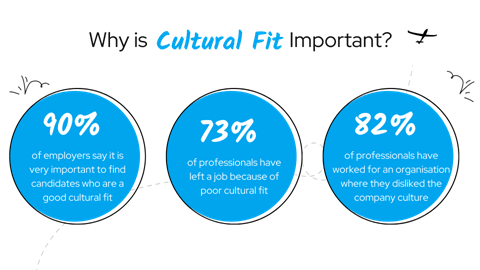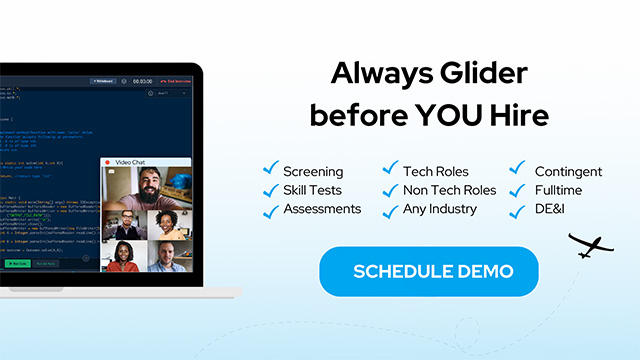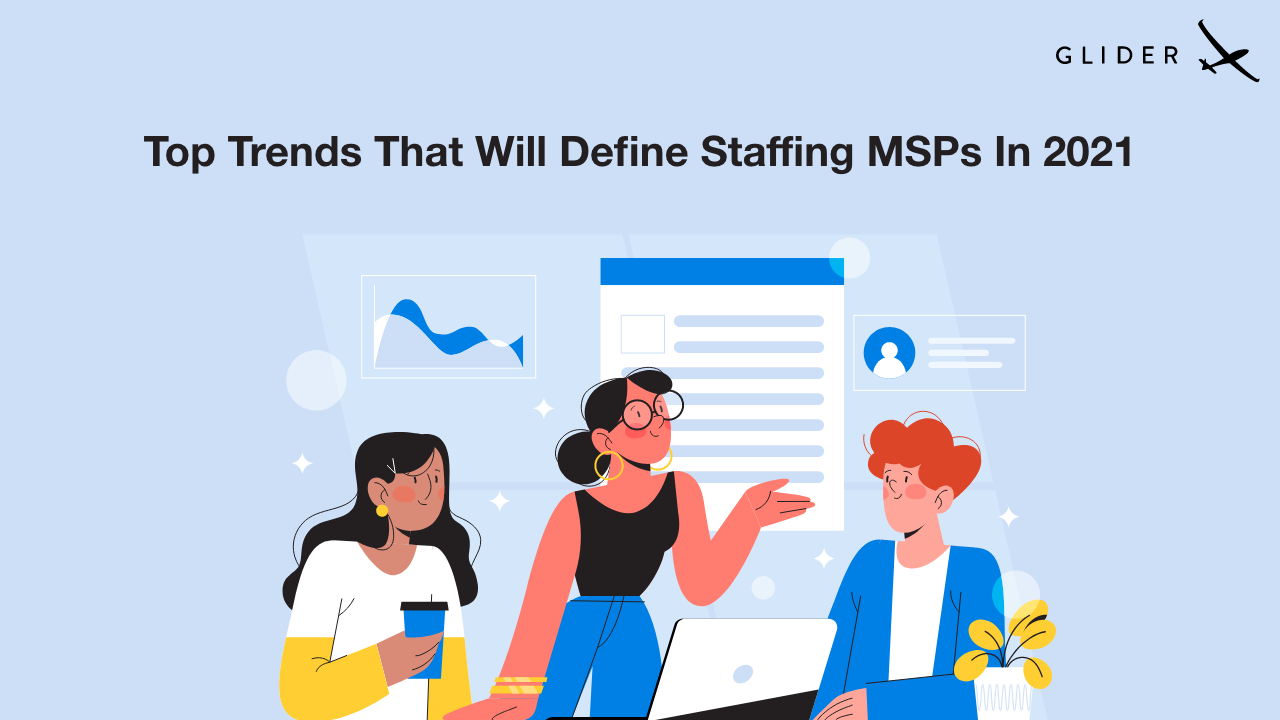
Contingent staffing is the way of the future. Studies from SIA estimate global businesses spent $4.4 trillion on contingent hiring processes in 2020 ($1.3 trillion in the US alone!).
But a recent survey from Allegis Global Solutions reported that at least 55% of the companies struggle with how to manage contingent staffing agencies, while 47% have issues surrounding Statement of Work
In response to our survey on contingent workforces, Jay Scott, HR at Pugquest, shares that short-term employment can be a contract, project, task, or even internship. Workers may include consultants, seasonal employees, temps, freelancers, interns, etc.
Workplace culture manifests a great influence on employees and contingent workers are not an exception. An article by HRDive throws light onhow interviews should cover the company’s core values. This way, it is easy to figure out cultural alignment between candidates and the company.
In fact, cultural fit could be the secret to attracting and retaining quality talent. A report by Robert Walters states that 98% of employers and 97% of professionals agree that cultural fit between professionals and employers is important.
It also remains one of the biggest contributing factors when professionals are considering joining a new company or exiting their present job. Even then, 54% of employers do not engage recruitment firms and tools to help identify which qualities are needed to ensure a candidate will be a good cultural fit when hiring.

But organizations are quickly adopting practices to check candidates for cultural fit using evaluation tools such as personality and behavioral tests. Akin to this, an executive at a company on pugs care suggests that a recruiter must be acquiescent onhow to make a contingent job offer. Hiring contingent workers need ‘cultural fit’ adjustments and an open communication policy for reaching out, though it is short-term employment. Besides, access to work resources is crucial too.
“The best way to execute contingent hiring is to be very specific about the requirements you want in the applying candidates. You also have to mention that it is a short-term position so that you only get applications from people who fit your needs.” – Jay Scott, Pugsquest
Nevertheless, he cautions that contingent hiring has its share of pros and cons. For example, hiring contingent workers is easy and almost inexpensive (as you always hire people with proven expertise). Plus, contract payment does not include expenses of permanent benefits.
Howbeit, a contingent hire may prove costly as you lose temp talent as soon as the project ends. Therefore, the expertise and traits also drift away along with the employee.



